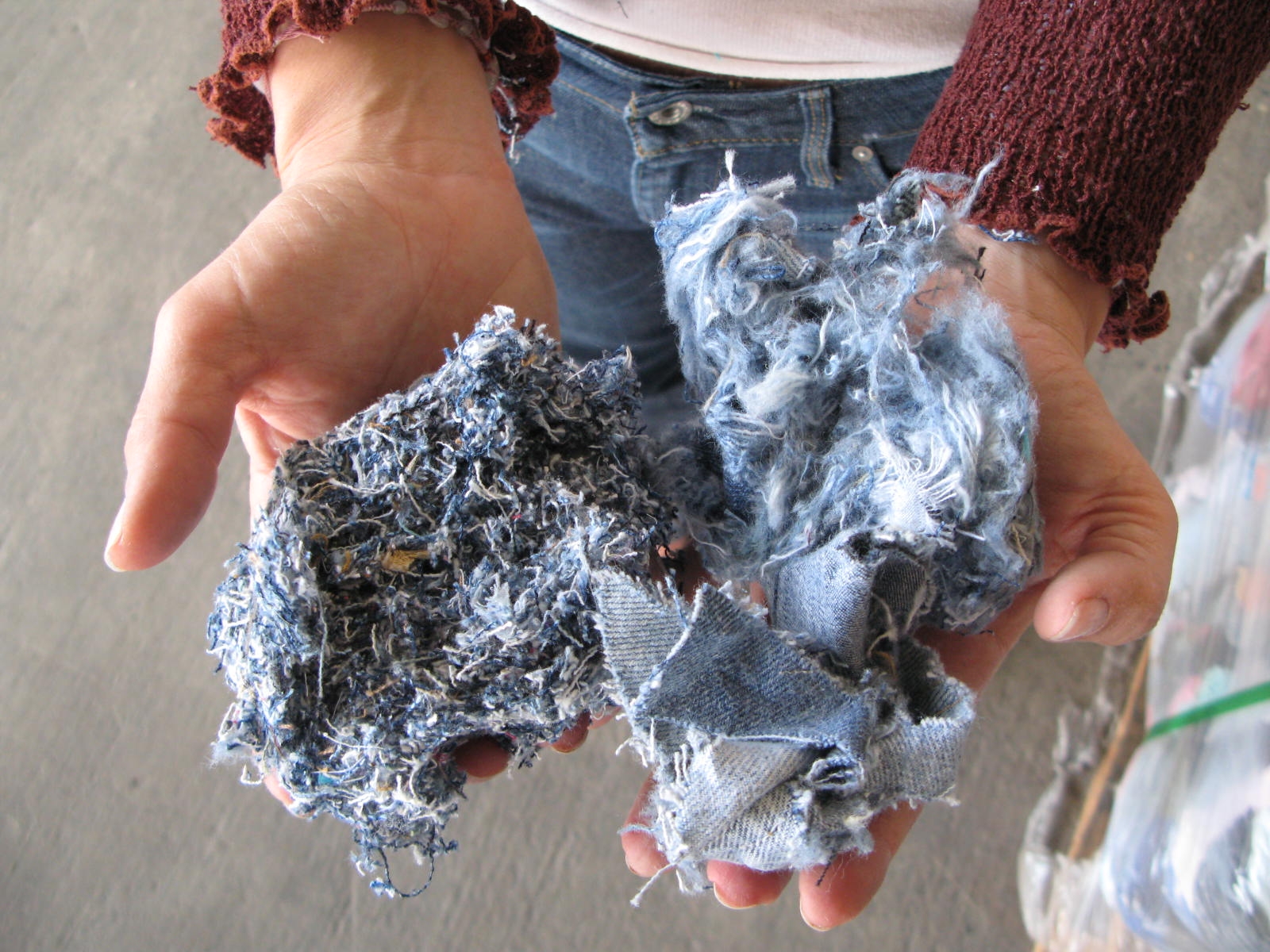Two programs that make it easier for consumers to reuse and recycle clothing and shoes recently joined forces to spread the word about their work. Since 2013, outdoor apparel company The North Face has managed a program called Clothes the Loop. It allows anyone to bring unwanted clothing and shoes – regardless of condition or brand – into The North Face’s U.S., Canadian and German stores for reuse and recycling.
To sweeten the deal, people who drop off items are rewarded with a coupon for 10 percent off a future purchase of $100 or more. The highly-successful program has diverted over 50,000 pounds of material from landfills to date.
The hardest aspect of Clothes the Loop, said The North Face’s senior sustainability manager James Rogers, is letting people know it exists. “If people learn about it at the store, it’s a little too late because they have to know about it ahead of time in order to bring in items to recycle.”
To make Clothes the Loop more visible, The North Face is partnering with Stuffstr, which helps people find homes for their unused stuff. The free app (which is currently available only on iOS) allows people to mail unwanted items to Goodwill free of charge; connect with local charities and businesses that accept donations of material goods; and offer their gently-loved duds to family members and friends.
As of November 2016, The North Face is one of the companies listed in Stuffstr’s extensive database of clothing and shoe reuse and recycling locations.
Why an outdoor company wants consumers to recycle clothing
With so many looming environmental problems – climate change, water and air pollution, destruction of wilderness and habitat – why focus on clothing reuse and recycling?
First of all, it’s a big problem with a fairly easy solution. “On average, around 70 to 80 pounds of textiles are thrown in the landfill each year per person in the U.S.,” said Rogers. “That’s a pretty staggering statistic when you think about it.”
Mission-driven charities all over the country covet clothing, shoes and accessories, which they can retail in thrift stores to fund their good works (or give away to people in need). There’s also a sizeable international market for second-hand apparel, which is bundled and sold in developing and undeveloped nations. That means reusing and recycling clothing is fairly easy once consumers are matched to programs that want them.
Items collected through Clothes the Loop are sent to I:CO, one of the world’s largest textile recyclers, for responsible reused and recycled. The company has a very comprehensive system for evaluating items and getting them to their best and highest use.
Clothing and shoes are sorted and reused whenever possible, said Rogers. When reuse isn’t possible, “they’re recycled or downcycled. They’re turned into things like cleaning rags for the automotive or industrial industries, or they’re shredded and turned into carpet backing or insulation… Worse case scenario they’re fully downcycled and turned into other scrap products.” About 90 percent of the materials I:CO receives are reused or recycled, with only 10 percent going to landfills.
“We’re laying the groundwork that eventually this will facilitate fully closed loop recycling,” said Rogers. “That’s definitely an aspiration down the road, but it’s something we’re working toward.”
The North Face has a longstanding mission to protect the environment
The Clothes the Loop program is a manifestation of The North Face’s long-standing commitment to protecting the environment. One of the things highlighted in this interactive timeline (which was developed for their 50th anniversary celebration earlier this year) is the fact that nurturing the natural world has always been central to the company’s mission.
“As a brand we have an inherent connection to nature,” said James. “We outfit people to go outside and enjoy the outdoors, so we want to protect our outdoor playgrounds.”
Protecting that playground means decreasing the volume of material going to land-gobbling landfills and harmful incinerators, but it also means preserving the embodied energy in clothing, shoes and accessories. According to I:CO’s website, making one t-shirt consumes up to 7,900 gallons of water and emits nearly eight pounds of carbon. There are some emissions involved in transporting and processing used textiles, but the total emissions are five to 10 percent of those associated with making new products.
Clothes the Loop is already making a difference for the places The North Face and their adventure-minded customers hold dear. The partnership with Stuffstr will help them do even more.





